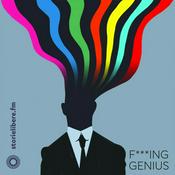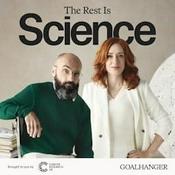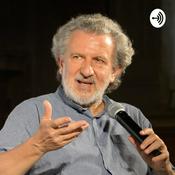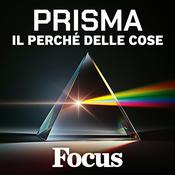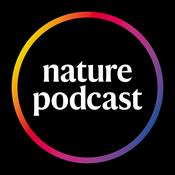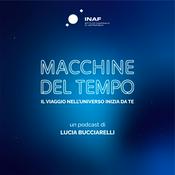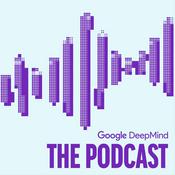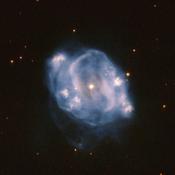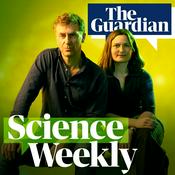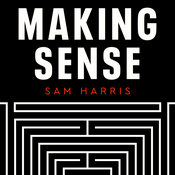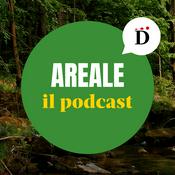25 episodi
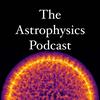
Dr. Abigail Polin -- Astrophysics Q & A #2
01/01/2026 | 1 h 23 min
What's the deal with black holes?

Dr. Kaitlin Kratter -- Building a Solar System on the Computer
01/12/2025 | 1 h 15 min
How did our solar system form? More generally, how does any solar system form? We get some of our answers to these questions by looking at newly-forming planetary systems in the first million years of their lives. But getting a complete picture also requires a lot of theoretical work, understanding each stage of solar system formation, which often entails big computational models of the early solar system. Dr. Kaitlin Kratter is a leader in the practice of building these big models and using them to improve our understanding of how the planets first formed.

Dr. Tim Cunningham -- White Dwarfs Sometimes Eat Planets
01/11/2025 | 1 h 15 min
A white dwarf star is the compact, dense remnant of a once-thriving solar system. Long after the original star has died and turned into a white dwarf, it can still interact with its solar system. We can even see white dwarfs eating up the rocky debris that once made up their solar system, and apparently making sense of all of this requires a detailed understanding of how convection works in these dead stellar remnants.

Dr. Merel van 't Hoff -- The Birth of the Planets
01/10/2025 | 58 min
How did the planets form? What was going on in the first few brief million years of our solar system? And how did it impact what we see in our solar system today? Dr. Merel van 't Hoff takes us on a journey through astrochemistry to understand the planetary wombs that house solar systems in their prenatal years.

Dr. Wen-Fai Fong -- The Neutron Star Mash
01/09/2025 | 43 min
What kinds of things do neutron stars do? They can smash into each other, producing bright flashes of radiation and strong ripples in spacetime that can be detected across the universe! Or, a neutron star can just be sitting there, and its magnetic field might suddenly shift and produce a dramatic burst of radio waves! But mainly, neutron stars are super-dense and super-complicated, giving us a probe of fundamental physics in its most extreme limits. Dr. Wen-Fai Fong tells us all about how we can learn more!
Altri podcast di Scienze
Podcast di tendenza in Scienze
Su The Astrophysics Podcast
Ascolta The Astrophysics Podcast, Geopop - Le Scienze nella vita di tutti i giorni e molti altri podcast da tutto il mondo con l’applicazione di radio.it

Scarica l'app gratuita radio.it
- Salva le radio e i podcast favoriti
- Streaming via Wi-Fi o Bluetooth
- Supporta Carplay & Android Auto
- Molte altre funzioni dell'app
Scarica l'app gratuita radio.it
- Salva le radio e i podcast favoriti
- Streaming via Wi-Fi o Bluetooth
- Supporta Carplay & Android Auto
- Molte altre funzioni dell'app
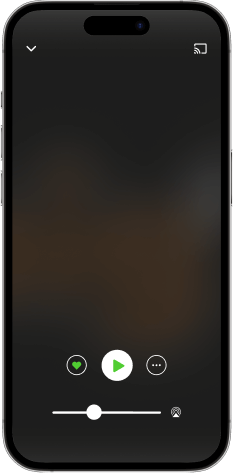

The Astrophysics Podcast
scarica l'app,
ascolta.

